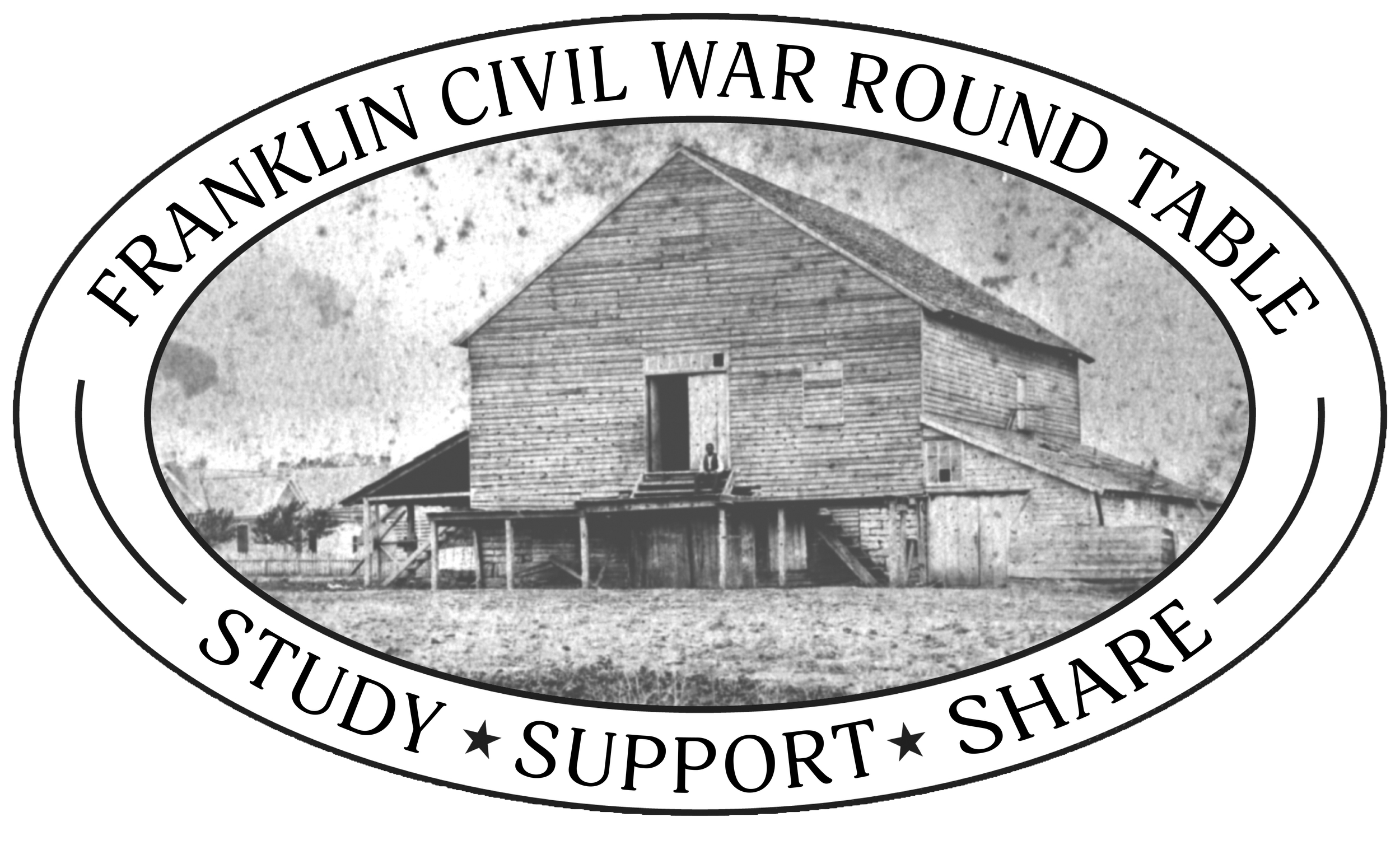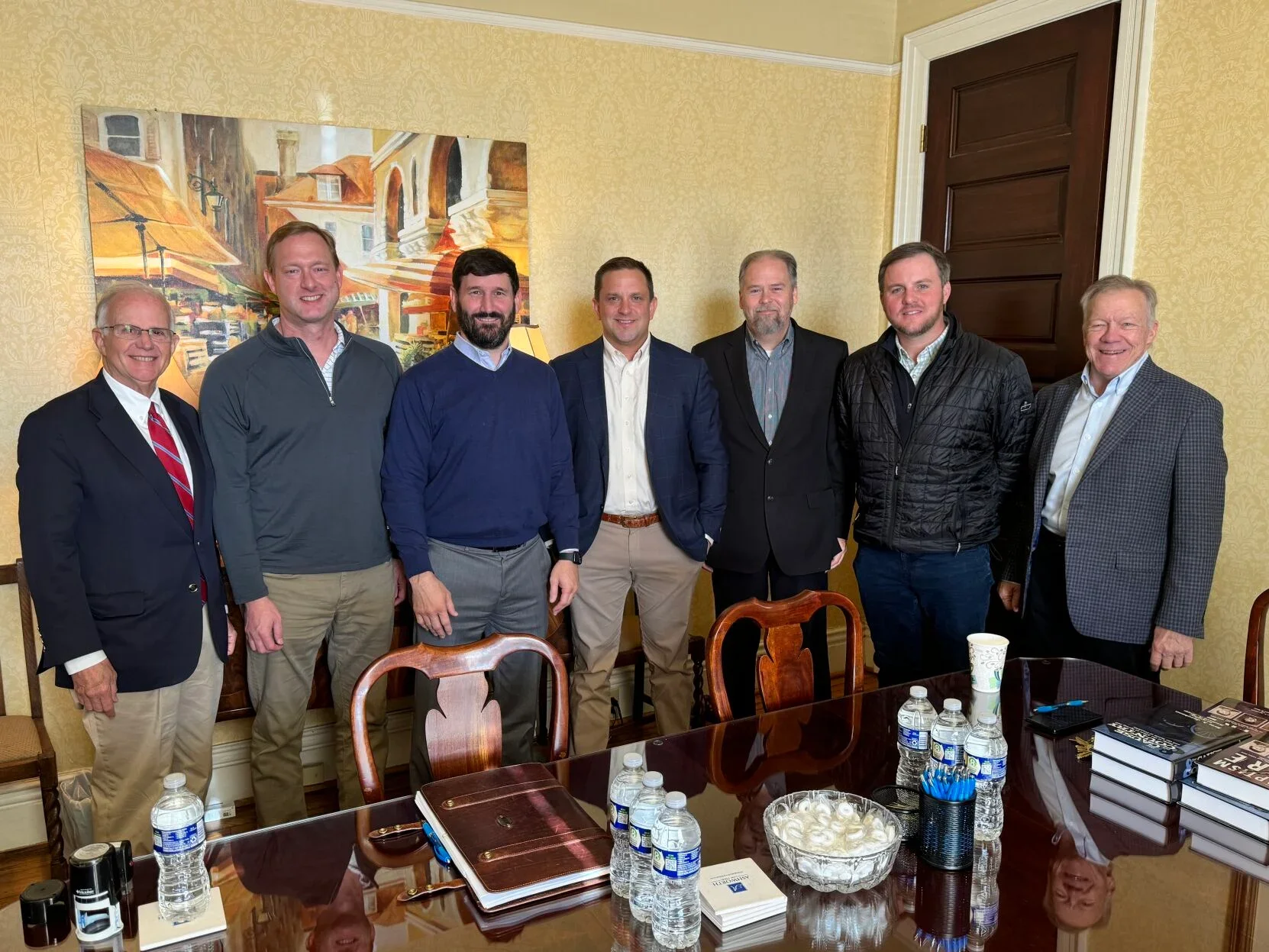Robert Hicks, the founder of Franklin’s Charge, passed away on February 25, 2022. Below are obituaries from several publications, as well as our favorite by Adam Goodheart.
New York Times Obituary
Washington Post Obituary
The Tennessean Obituary
Below is one of our personal favorite obituaries by Adam Goodheart:
Robert Benjamin Hicks, III
January 30, 1951 – February 25, 2022
Robert Hicks — renowned historic preservationist, art collector, music publisher, world-class raconteur, and author of three novels, two of them national best-sellers — died Friday at his home near Franklin, Tenn. He was 71. The cause was complications from bladder cancer.
Born in what he liked to call “a small South Florida town” (by which he meant Palm Beach), Hicks came to Tennessee in his early 20s, drawn by the deep family roots that he had heard about in countless stories from his parents and grandparents. According to a 2005 New York Times profile, he became a music publisher at the suggestion of a young woman he met in a bar. Eventually, he worked with such country music artists as George Ducas, John Hiatt, Amy Grant, and Vince Gill. Hicks loved telling stories about the time that Dolly Parton staged an album cover shoot at his house, or when a world-famous rock guitarist passed out in his bushes after one especially wild party. Later, he partnered with B.B. King on the musician’s nationwide chain of blues clubs — for which he earned the title “Curator of Vibe” from the legendary bluesman, an appellation displayed proudly on his business cards.
Nowhere was Hicks’s vibe-creation more evident than at Labor in Vain, the 18 th -century log cabin that he restored and enlarged after moving it to a picturesque hillside near the hamlet of Leiper’s Fork. It was here that Hicks began to amass a collection of Southern antiques, folk art, and assorted memorabilia that would eventually land him on Art & Antiques magazine’s list of “The 100 Top Collectors in America.” Hicks’s eclectic holdings ranged from 19 th -century Tennessee desks and sideboards, to important works by the Georgia “visionary artist” Rev. Howard Finster, to a half-used tube of PoliGrip that he had found in Roy Acuff’s bathroom when he died. All were displayed with equal reverence, and each came with a story. First-time visitors to Labor in Vain sometimes found that it took an hour to cross a single room as Hicks regaled them with anecdotes about various treasures.
“Truthfully, I can’t remember a time when I didn’t collect,” Hicks once wrote in The Magazine Antiques. “Under my bed, as a child, there were shoe boxes filled with fossilized shells from our driveway, leaves from our lawn, and myriad baseball cards, lead soldiers, coins, stamps, books, and just about anything else that somehow inspired me.” In adulthood, he often took what he called “art cruises” through the Deep South in his old Ford pickup, guided by marked-up maps and scribbled notes from one country antiques shop or folk artist’s farmhouse to another.
Eventually, Hicks’s well-honed connoisseurship would gain him trusteeships at the Museum of Early Southern Decorative Arts, the Tennessee State Museum, and the Ogden Collection of Southern Art. In 2003, he curated the landmark exhibition “Art of Tennessee” at the Frist Center for Visual Arts in Nashville.
Despite Hicks’s devotion to his beloved Labor in Vain, it was another historic house that changed his life: Carnton Plantation. Hicks had become fascinated with the 1864 Battle of Franklin — a desperate Confederate last stand at which some two thousand men died in a single afternoon — and with a dilapidated mansion that had served as a field hospital near the center of the fighting. In the battle’s aftermath, Carnton’s front garden became a burial ground where the graves of 1,481 Confederate dead were tended for decades by the plantation’s mistress, Carrie McGavock.
Aided by a diverse coterie of preservationists, historians, and civic activists, Hicks spearheaded restoration of the 11-room house, recreating original interiors with the help of paint chips and carpet fragments. An organization that he founded, Franklin’s Charge, went on to reclaim nearly 200 acres of the surrounding battlefield, much of which had been buried under strip malls and fast-food restaurants. Hicks participated gleefully at a 2007 event where local dignitaries swung sledgehammers to begin demolishing a Pizza Hut occupying a spot where the thickest fighting had occurred.
Eventually, Hicks’s work at Franklin helped spark a much broader movement known as “battlefield reclamation”: efforts not just to preserve these hallowed sites, but also to strip away later development that obscured 19th-century landscapes. His work was featured in National Geographic and many other publications, and the American Battlefield Trust presented him with its highest honor, the Edwin C. Bearss Lifetime Achievement Award. “There is no ‘close second’ in any community in America, to what Robert Hicks and Franklin's Charge has done in Franklin,” the group’s president said.
But national celebrity came only in his mid-50s, when Hicks turned to writing fiction. His first novel, The Widow of the South, retold the story of Carrie McGavock’s forty-years tending the dead soldiers’ final resting place, assisted by Mariah Reddick, her former slave. That devotion won McGavock wide renown; Hicks often told the story of how Oscar Wilde, on an 1882 American tour, made a detour to Franklin “to meet the Widow McGavock, the high priestess of the temple of dead boys.”
Hicks earned wide renown as well with the 2005 novel — which debuted at #6 on the New York Times best-seller list. And it had similar repercussions for Franklin: the town boomed as a destination for heritage tourists and now draws more than 125,000 such visitors every year, more than 50,000 of whom visit Carnton. After the book’s publication, the Nashville newspaper The Tennessean named him “Tennessean of the Year” in recognition of his local impact.
The Widow of the South was followed by two sequels: the best-selling A Separate Country (2009), based on the postwar life of the Confederate general John Bell Hood; and The Orphan Mother (2016), telling the story of Mariah Reddick and her newly freed Black family.
“The Battle of Franklin,” Hicks often said, “was where the Old South died.” The phrase summed up both his romantic fascination with the region, and his acknowledgment of its history’s darker shadows. A self- described liberal Democrat, he was always quick to point out that he had no neo-Confederate sympathies. Throughout his career as a writer and preservationist, Hicks worked to illuminate the stories not just of battlefield heroes, but also of the African Americans who were enslaved at Carnton and elsewhere, and whose fates were bound up with the Civil War’s outcome. In 2017, he successfully took up the cause of Fort Negley, a Nashville site where thousands of enslaved men and women had been forced to erect the fortifications, and which was slated for mixed-use development. Hicks and fellow preservationists prevailed after archaeologists determined that some of the conscripted Black workers were likely buried there.
One of Hicks’s last public efforts was helping erect a memorial to the enslaved people interred in unmarked graves in the family cemetery at Carnton, a project undertaken in collaboration with descendants both of those African Americans and of the plantation’s white owners. The granite monument’s unveiling, in November 2019, drew dozens of those family members, as well as dignitaries including Gov. Bill Lee.
Notwithstanding his many achievements — which also included creating a small-batch “Battlefield Bourbon” and launching a popular radio show, “A Guitar and a Pen” — Hicks may live on most enduringly through his network of friends, which was astonishingly wide and remarkably diverse. Labor in Vain hosted countless parties over the decades, ebullient occasions at which Oscar-winning actors and world-class musicians might be found mingling with neighbors’ kids and local moonshiners. Among Hicks’s favorites were what he called “old-fashioned guitar pulls and covered dish suppers”: potluck meals that culminated with guests kicking back around a backyard bonfire as they took turns strumming and singing.
“Among his gifts, Robert was a great collector of people,” wrote one friend on Facebook shortly after his passing. “He loved people’s differences. He loved people’s sameness. He loved the extraordinary. He loved the ordinary. To Robert, everyone was fascinating and he made you feel fantastic.”
Even as he battled cancer over the past four years, other friends said, Hicks’s outstanding characteristic was his enduring sense of gratitude. “The glass of life is overflowing,” he wrote just a few days before his death.
**
Hicks was predeceased by his parents, Robert Benjamin Hicks, Jr., and Pauline Electa Tallman Hicks. He is survived by a brother, Marcus E. Sanders, and sister-in-law, Candy Allen; his niece, Nova Sanders, her husband, Daniel Long, and their extraordinary son, Ivan D. Long; cousins James Edgar Hicks, III, and his husband, Robert Carothers, of Jackson, Tenn.; cousin John Spaulding Hicks and his wife, Jacqueline Johnson Hicks of Nashville; and cousin, Sally Hicks.
We have big shoes to fill indeed, but know that battlefield preservation will continue as Franklin’s Charge marches forward. We will make announcements in the near future about our next steps. We hope you will support us in saving these sacred places.







